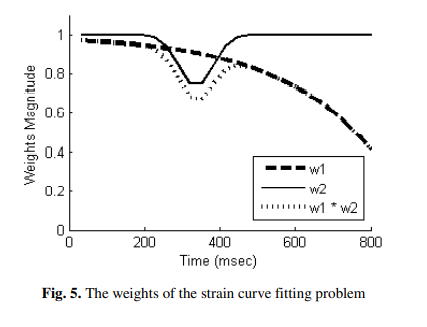
Correction of left ventricle strain signals estimated from tagged MR images
Strain measurement is a quantity used for assessing the regional function of the left ventricular (LV) of the heart. They are computed by tracking the motion of the non-invasive, virtual tags in the cardiac muscle with time. Tracking these tags gives information for each region of the cardiac muscle by quantifying its deformation during contraction (systolic period) and relaxation (diastolic period). However, these strain measurements suffer from inaccuracies caused by the degradation of the tags and the image quality. In this work, numerical simulations are used to investigate the factors
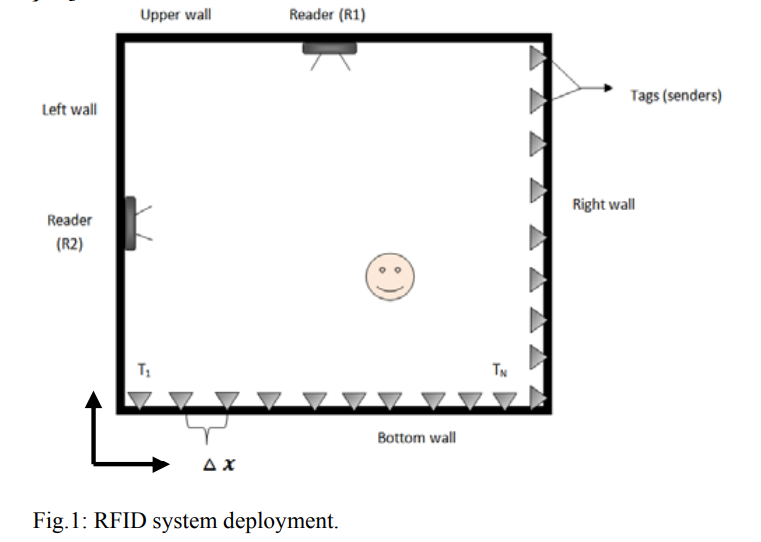
RFID-based indoors localization of tag-less objects
Object localization has become a necessary module in many radiofrequency identification (RFID) systems that require tracking features besides the conventional identification feature. A number of techniques exists in literature that uses the RFID signal information to locate the tagged objects, i.e. objects wearing RFID tags. Nevertheless, in many applications, it is required to track objects that do not carry a tag (whether intentionally or unintentionally). In this work, we propose a technique for tag-less object localization. The technique is based on reconstructing the attenuation map of
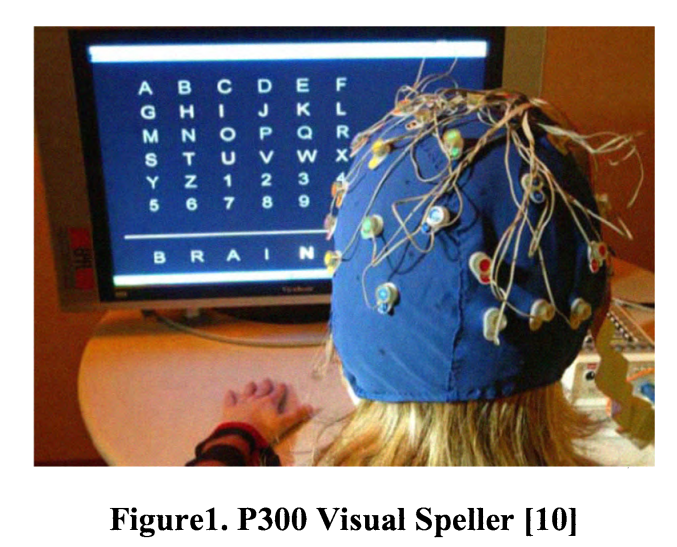
Machine learning methodologies in P300 speller brain-computer interface systems
Brain-Computer Interfaces (BCI) is a one kind of communication system that enables control of devices or communication with others only through brain signal activities without using motor activities. P300 Speller is a BCI paradigm that helps disabled subjects to spell words by means of their brain signal activities. This paper tries to demonstrate the performance of different machine learning algorithms based on classification accuracy. Performance has been evaluated on the data sets acquired using BC12000's P300 Speller Paradigm provided by BCI competitions II (2003) & III (2004) organizers
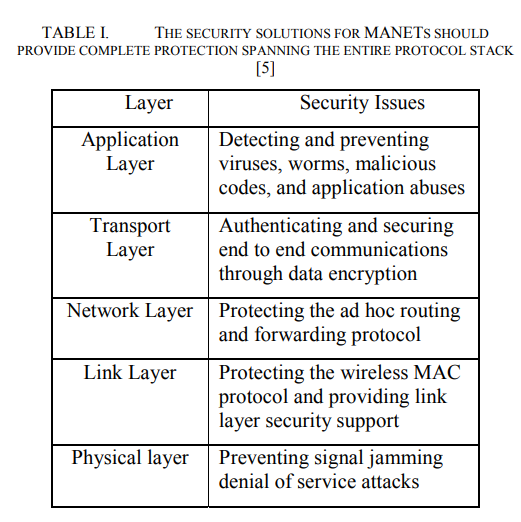
Security in Ad hoc networks: From vulnerability to risk management
Mobile Ad hoc Networks (MANETs) have lots of applications. Due to the features of open medium, absence of infrastructure, dynamic changing network topology, cooperative algorithms, lack of centralized monitoring and management point, resource constraints and lack of a clear line of defense, these networks are vulnerable to attacks. A vital problem that must be solved in order to realize these applications is that concerning the security aspects of such networks. Solving these problems combined with the widespread availability of devices such as PDAs, laptops, small fixtures on buildings and

Fast fractal modeling of mammograms for microcalcifications detection
Clusters of microcalcifications in mammograms are an important early sign of breast cancer in women. Comparing with microcalcifications, the breast background tissues have high local self-similarity, which is the basic property of fractal objects. A fast fractal modeling method of mammograms for detecting the presence of microcalcifications is proposed in this paper. The conventional fractal modeling method consumes too much computation time. In the proposed method, the image is divided into shade (homogeneous) and non-shade blocks based on the dynamic range and only the non-shade blocks are

Bivariate Double Density Discrete Wavelet for Enhanced Image Denoising
Image denoising is of paramount importance in image processing. In this paper, we propose a new design technique for the design of Double density Discrete Wavelet Transform (DD DWT) AND DD CWT filter bank structure. These filter banks satisfy the perfect reconstruction as well as alias free properties of the DWT. Next, we utilized this filter bank structure in image denoising. Our denoising scheme is based on utilizing the interscale correlation/interscale dependence between wavelet coefficients of a DD DWT of the noisy image. This is known as the Bivariate Shrinkage scheme. More precisely, we
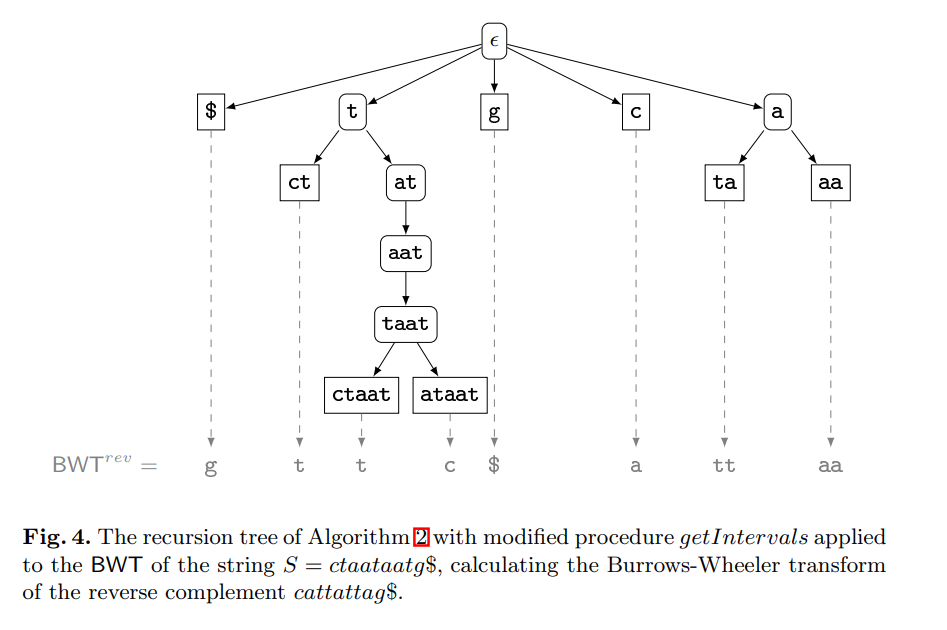
Computing the burrows-wheeler transform of a string and its reverse
The contribution of this paper is twofold. First, we provide new theoretical insights into the relationship between a string and its reverse: If the Burrows-Wheeler transform (BWT) of a string has been computed by sorting its suffixes, then the BWT and the longest common prefix array of the reverse string can be derived from it without suffix sorting. Furthermore, we show that the longest common prefix arrays of a string and its reverse are permutations of each other. Second, we provide a parallel algorithm that, given the BWT of a string, computes the BWT of its reverse much faster than all
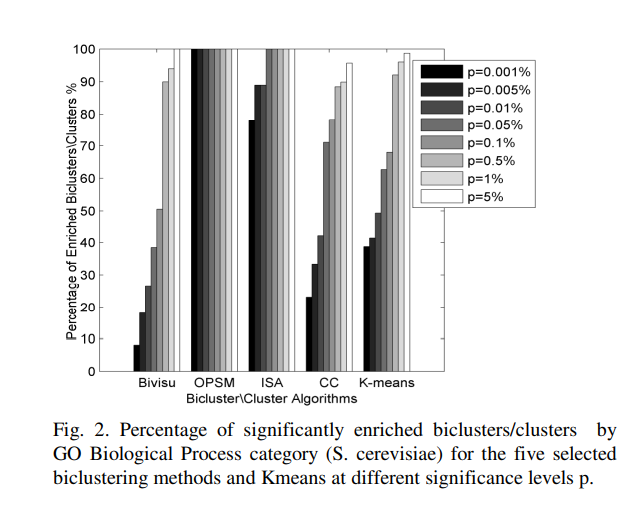
An automatic gene ontology software tool for bicluster and cluster comparisons
We propose an Automatic Gene Ontology (AGO) software as a flexible, open-source Matlab software tool that allows the user to easily compare the results of the bicluster and cluster methods. This software provides several methods to differentiate and compare the results of candidate algorithms. The results reveal that bicluster/cluster algorithms could be considered as integrated modules to recover the interesting patterns in the microarray datasets. The further application of AGO could to solve the dimensionality reduction of the gene regulatory networks. Availability: AGO and help file is

Supporting bioinformatics applications with hybrid multi-cloud services
Cloud computing provides a promising solution to the big data problem associated with next generation sequencing applications. The increasing number of cloud service providers, who compete in terms of performance and price, is a clear indication of a growing market with high demand. However, current cloud computing based applications in bioinformatics do not profit from this progress, because they are still limited to just one cloud service provider. In this paper, we present different use case scenarios using hybrid services and resources from multiple cloud providers for bioinformatics
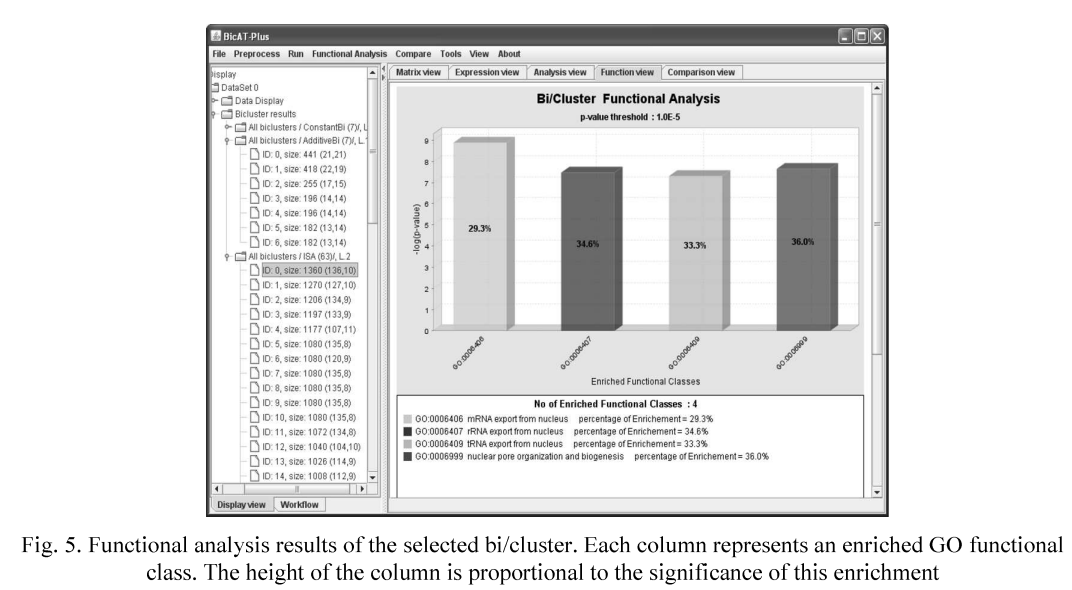
BicATPlus: An automatic comparative tool for Bi/Clustering of gene expression data obtained using microarrays
In the last few years the gene expression microarray technology has become a central tool in the field of functional genomics in which the expression levels of thousands of genes in a biological sample are determined in a single experiment. Several clustering and biclustering methods have been introduced to analyze the gene expression data by identifying the similar patterns and grouping genes into subsets that share biological significance. However, it is not clear how the different methods compare with each other with respect to the biological relevance of the biclusters and clusters as well
Pagination
- Previous page ‹‹
- Page 19
- Next page ››
